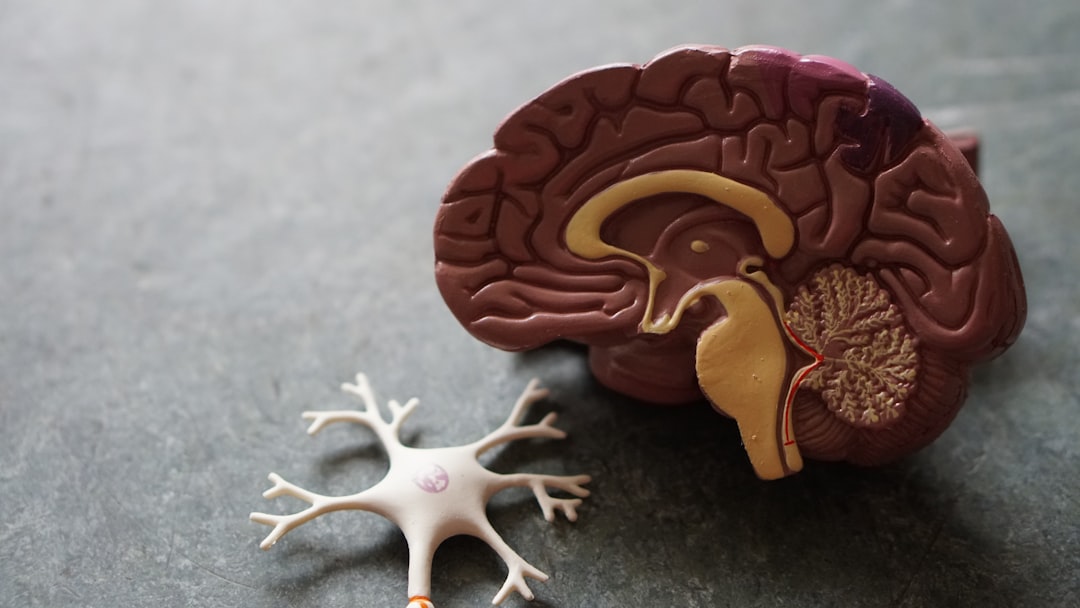What is it about?
We compared a standard CHROMagar media method to identify Staphylococcus aureus (MRSA and MSSA) in swabs taken from people to a broth-enrichment method developed to identify Staphylococcus aureus and other coagulase-positive staphylococci from samples taken from animals and the environment. We applied both methods to the same samples taken from people in a study of patients with MRSA skin and soft tissue infections and their household members. The broth-enrichment method took more time, but provided similar results for MRSA colonization compared to the CHROMagar method. The broth-enrichment method was more sensitive than the CHROMagar method to detect MSSA colonization and additionally yielded identification of other coagulase-positive staphylococci.
Featured Image
Why is it important?
We and other scientists have become increasingly interested in the role of animal and environmental bacteria as these relate to human and animal bacterial disease. For MRSA colonization of people, there is some evidence that colonization by MSSA strains and other coagulase-positive staphylococci could modulate MRSA colonization. We also know that animals in the home (such as pet dogs and cats) contribute bacteria to people. Further, the home environment can serve as a reservoir for both human and animal bacteria. However, most research methods to detect MRSA colonization in people are not well adapted for culture of samples taken from animals and the environment, and methods adapted to animals and the environment have not previously been compared to clinical or research methods to detect MRSA colonization. Harmonization of methods to culture samples taken from humans, animals, and their shared environment is important to guard against bias in epidemiologic analysis. Our results suggest that the more time-intensive method needed for animal and environmental samples is as sensitive as a standard method to detect MRSA colonization and is more sensitive than the standard method to detect MSSA and other coagulase-positive staphylococci. Therefore, scientists interested in studying the transmission of staphylococci among humans, animals and their shared environment should consider using this method to improve one health comparisons and detect MSSA and other coagulase-positive staphylococci that may play a role in MRSA colonization of people.
Perspectives
My work focuses on the contributions of pest and domestic animal microbiota to human microbiota using a one health perspective that includes evaluation of the environments shared by people and animals. This work is foundational to future studies my colleagues and I plan to conduct to evaluate microbial exchanges using culture-based and culture-independent methods.
Dr Meghan F Davis
Johns Hopkins University
Read the Original
This page is a summary of: Comparison of Culture-Based Methods for Identification of Colonization with Methicillin-Resistant and Methicillin-Susceptible Staphylococcus aureus in the Context of Cocolonization, Journal of Clinical Microbiology, April 2016, ASM Journals,
DOI: 10.1128/jcm.00132-16.
You can read the full text:
Resources
Contributors
The following have contributed to this page










